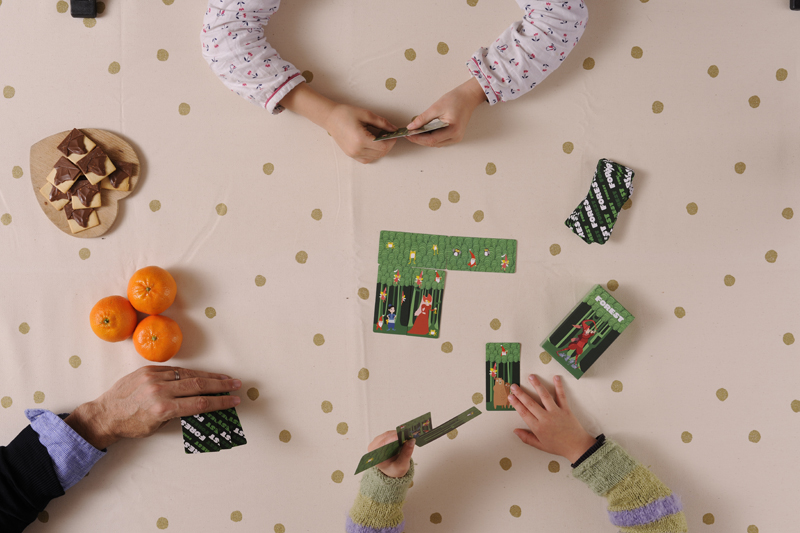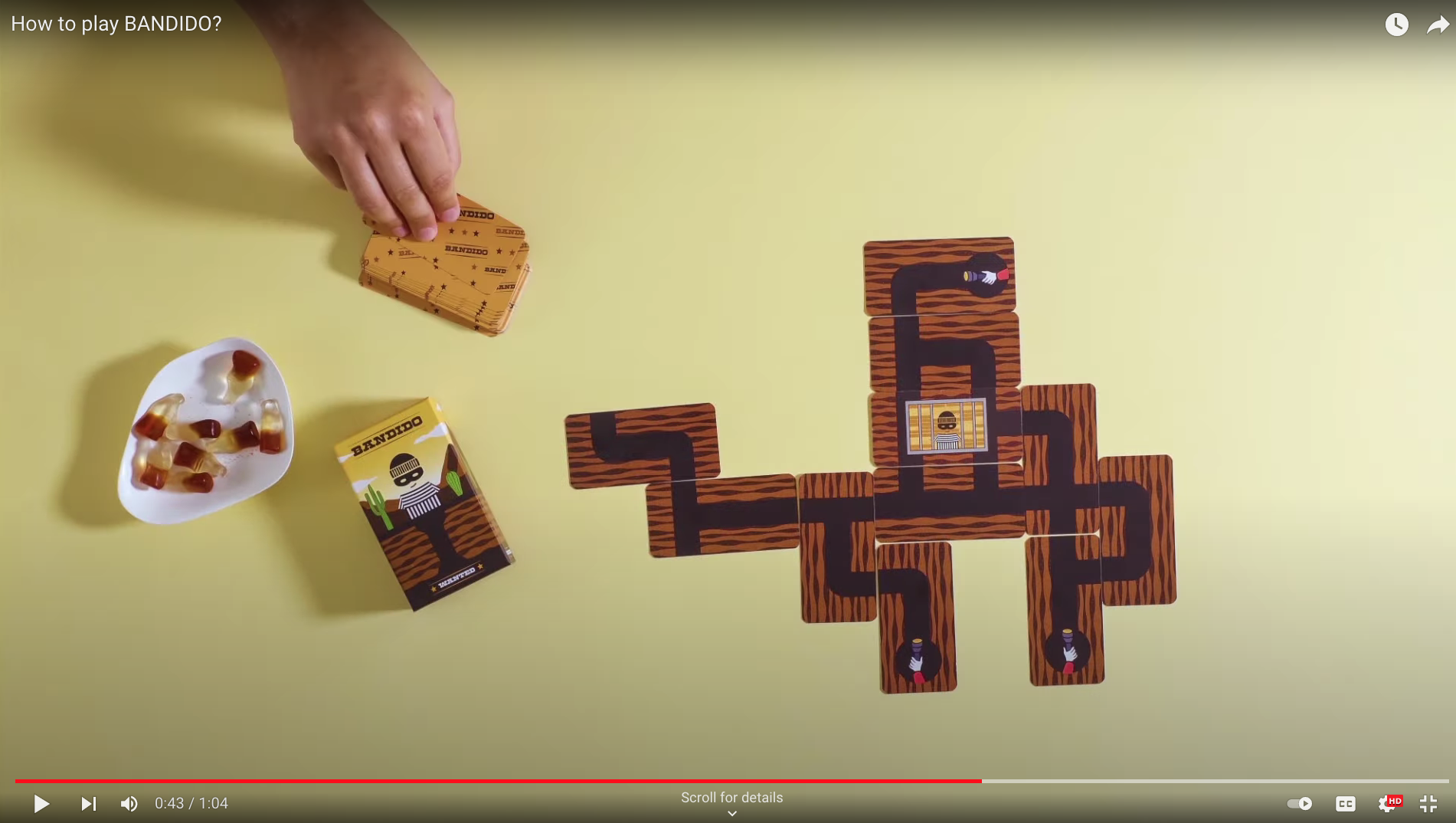
1. First of all, you have to play with your partner and friends
Let me tell you a childhood story. My dad used to play cards with his pals. They would gather for dinner and then start multiple games. Every now and then, when it wasn’t too late, I could stay and watch them a bit. That experience played an important part in my gaming education. And once I was in bed, they pulled out their cigars and all, but I wasn’t supposed to see that. Ha ha!
2. Tell your kids you want to teach them a new game
Kids not only love to play, they love to learn. Whenever I tell my daughters that I’ll teach them a new game, their eyes light up. The corollary to this one is that you need to know the rules inside out. Very few kids will have the patience to watch you painfully make sense of long rules. And you should pick games that are easy to learn and explain.
3. Play a cooperative game with kids of different ages
When my daughters were 4 and 6, the oldest one had an unfair advantage at most games and particularly speed games. The secret here is to go for turn-based cooperative games, such as our very own Bandido.
Discover how to play Bandido in the video below.
4. Get them hooked with the right game for them
If a game isn’t working for your little ones, put it aside and go for another one. You can always come back to the first one later.
5. Make it a “hygge” moment
Playing together is a special moment. Make the playing table look good. Drop some cookies on the table and an apple juice carafe. Involve them in the setup. You probably sense what I’m getting at.
6. Remove distractions
This is first and foremost for the parents. You can’t be playing and WhatsApping the entire world, as well as Instagramming fancy photos of your playing table. It’s not a good example to set. If you’re not distracted, they won’t be distracted.
7. Eventually, take them to a game store
As soon as you feel they are hooked, take them to the cavern of Ali Baba. Let them pick a game.


Validate your login
Login your account
Create New Account